
Based in New Delhi for Getty Images, photographer Daniel Berehulak writes for LightBox about his photo essay documenting the working life of miners in the Jaintia Hills. Berehulak’s story about flooding in Pakistan was named a finalist for the 2011 Pulitzer Prize for Breaking News, and received a first place prize in the 2010 World Press Photo ‘People in the News’ category.
I traveled to India’s far northeast last month, before the monsoon rains set in and rendered the mines unworkable for the summer. In the Jaintia Hills, in the remote state of Meghalaya, miners descend to great depths on slippery, rickety wooden ladders. Men, women, even children squeeze into ‘rat hole’ tunnels lacing thousands of privately-owned and unregulated mines. There, they toil to extract coal by hand with primitive tools and no safety equipment.
I was unsure of what the story would hold or the conditions I would face. I spent a week there, though two days were lost to arguing with ‘guides’ who, we believe, were hired by the mine owners to keep us from reporting. We eventually got underground to witness what miners were enduring to scratch out such a sad and meager existence.
As I was shooting an image of miners being lifted out from a shaft, about 300-feet deep, I wondered what I would do if the cable were to break and come crashing down. That is how four miners had died only weeks earlier. Where could I hide? Narrow shafts do not offer many escape routes beyond a few ‘rat hole tunnels’ that are two or three feet high.
I had already followed a miner into one of these rat holes to document the conditions, crawling on my hands and knees with cameras dragging along the ground. The miner saw that I was struggling and promised, “big opening ahead, plenty of space”.
He oversold the assessment. I could squat but my head still scraped the ceiling. A miner scuttled ahead using a pair of cut off flip-flops as hand protectors to race like a spider down the tunnels. Speed is crucial for these guys; more coal means more money.
I kept crawling until there was a large deep “boom.” My heart skipped a beat as the earth shook and small rocks fell from the roof of the tunnel. One of the miners nonchalantly blamed blasting at another mine. Others behind me did not appear so convinced. Still, the calm assurance of the miner ahead that the danger was far away provided enough comfort to keep going.
This group of miners does this on a daily basis, spending nearly 8 hours below the earth inhaling coal dust with no safety equipment. That the work pays well by Indian standards lures many to the mines of Jaintia Hills. The risks are high. Not surprisingly, so is alcohol consumption. One shop owner claims to sell thousands of bottles on some days.
Teachers at the local school speak openly about the difficulties they face in convincing parents to get their children educated. Everybody is a breadwinner in Lad Rymbai, no matter their age, though kids work mostly above ground.
Coming out of the mine and returning to the surface, I looked at the village differently. Maybe I just noticed more: The stores selling vegetables and clothing had gambling dens nearby, people constantly loitered in front of wine stores and wrecked cars lined the side of the road. What came into focus was a town that seemed wild and desolate, with an even harsher world lurking beneath it.
—Daniel Berehulak
For more information on the conditions of workers in the Jaintia Hills, read In India Coal Towns, Many Miners are Children on LA Times.com.
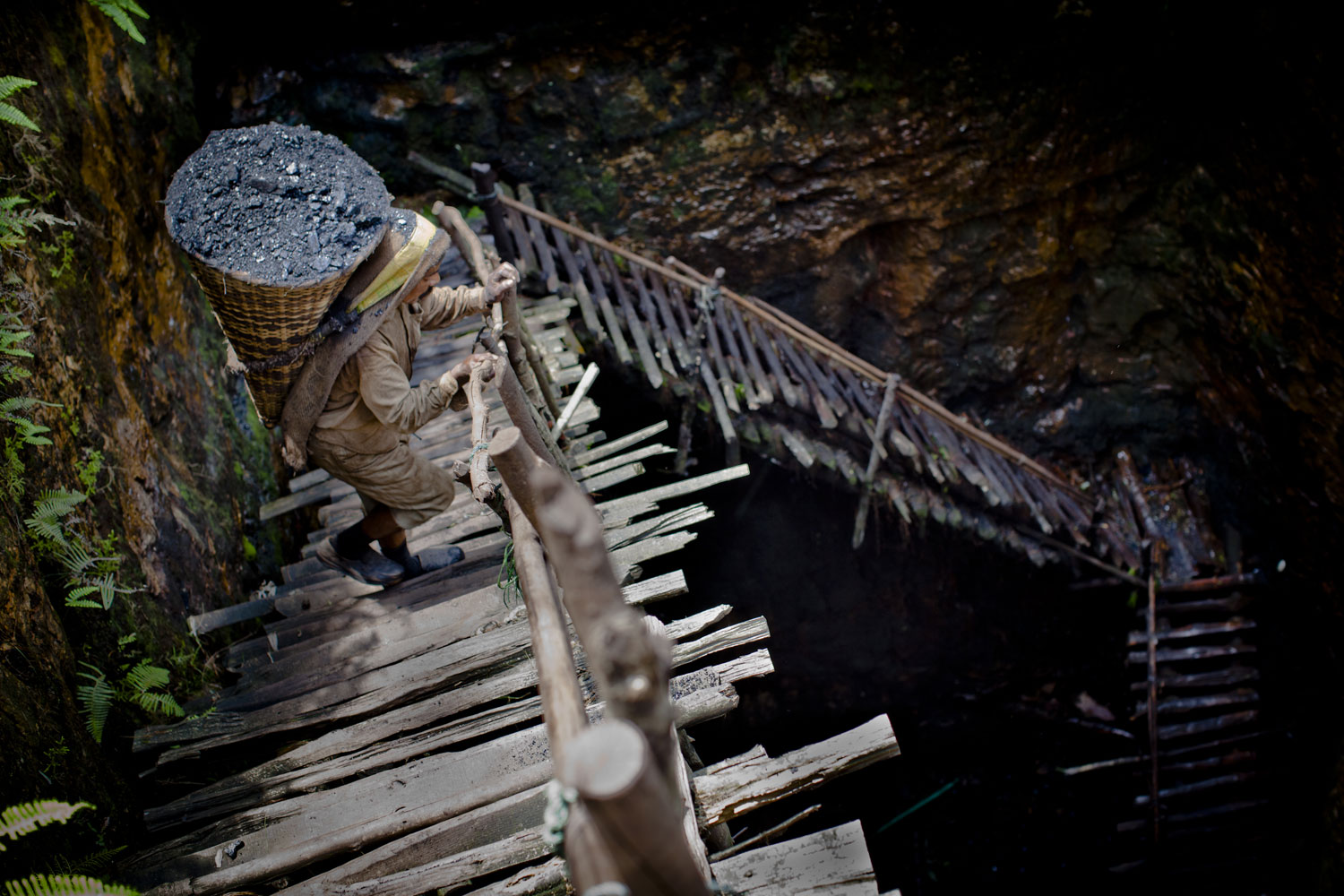
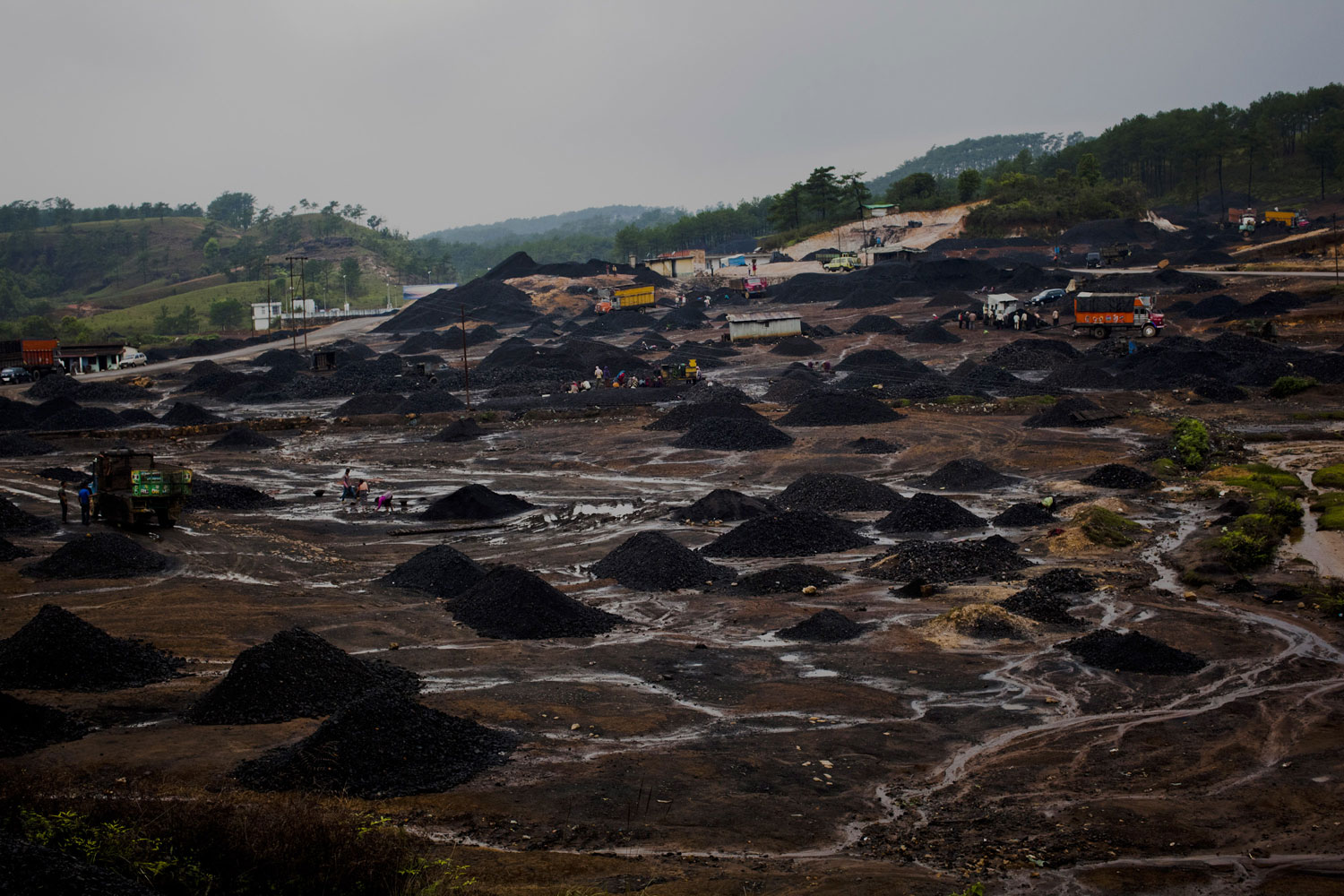
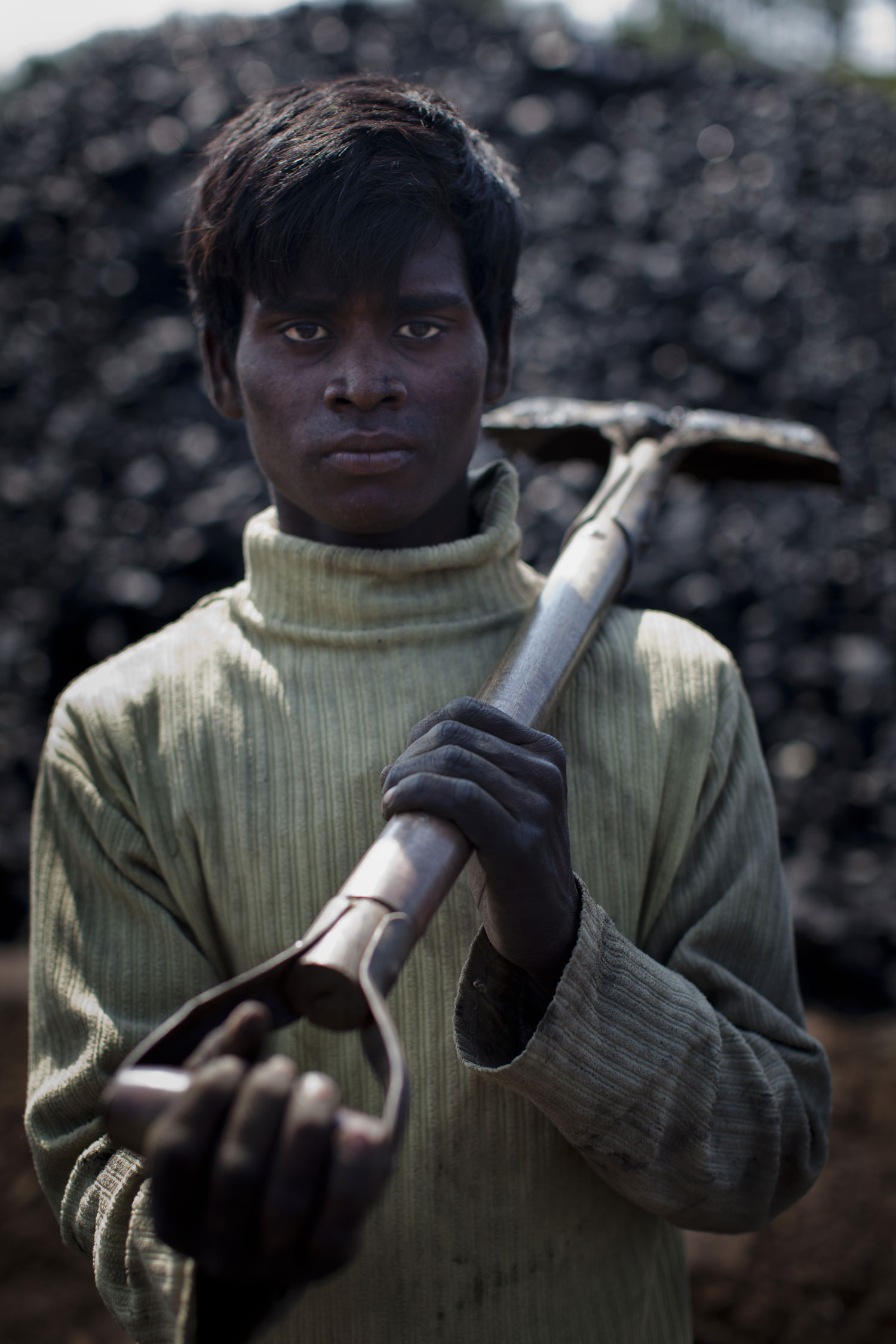



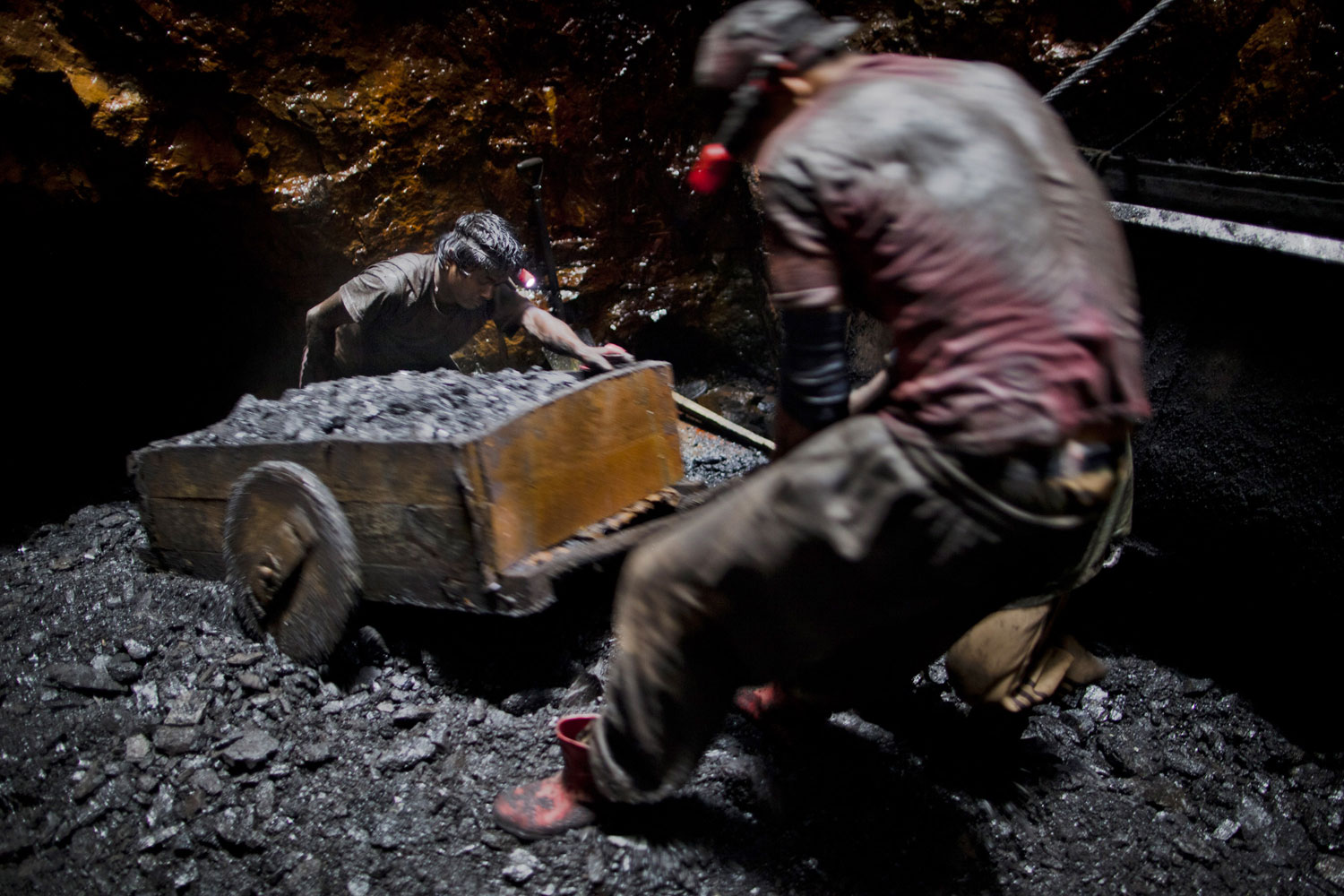

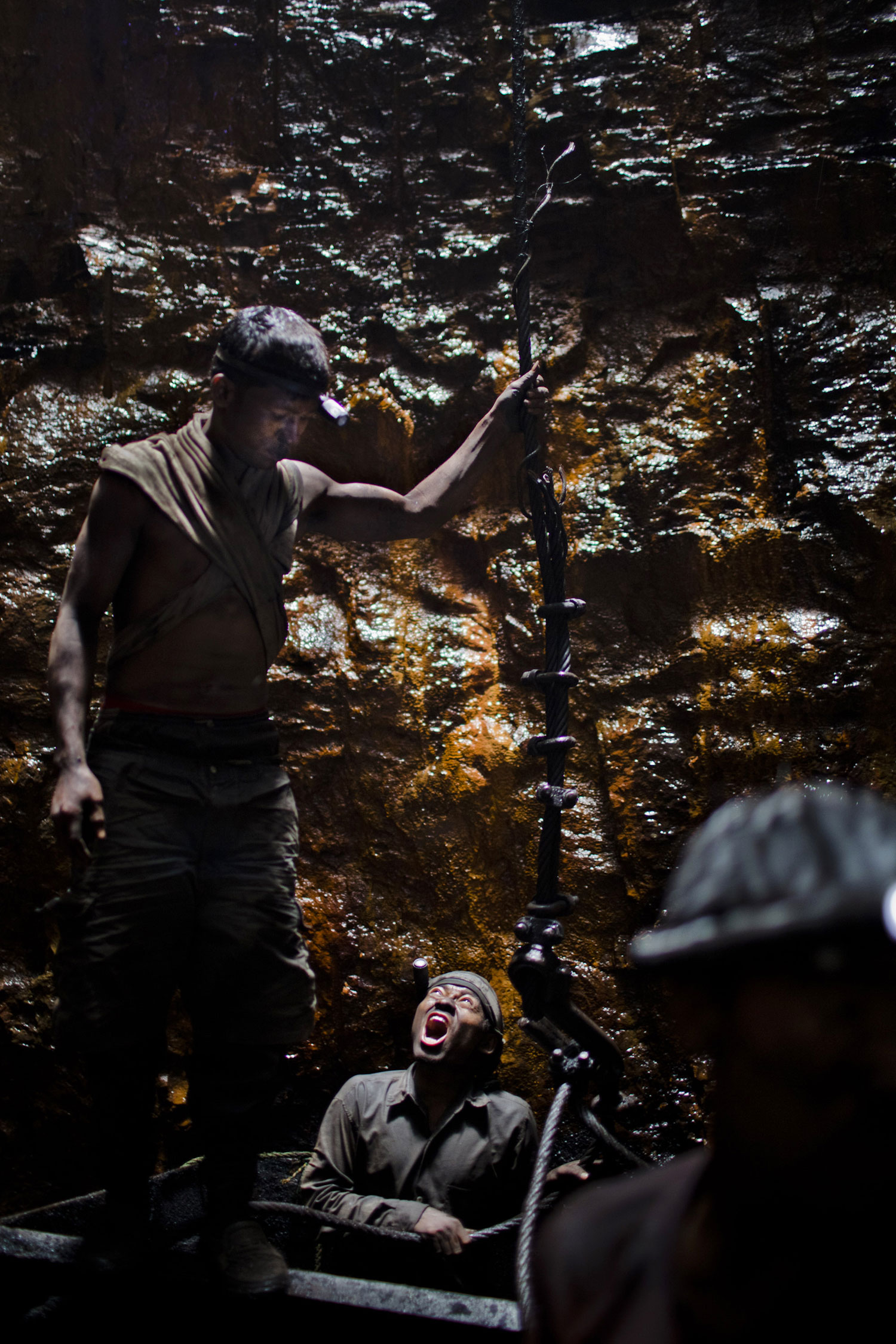
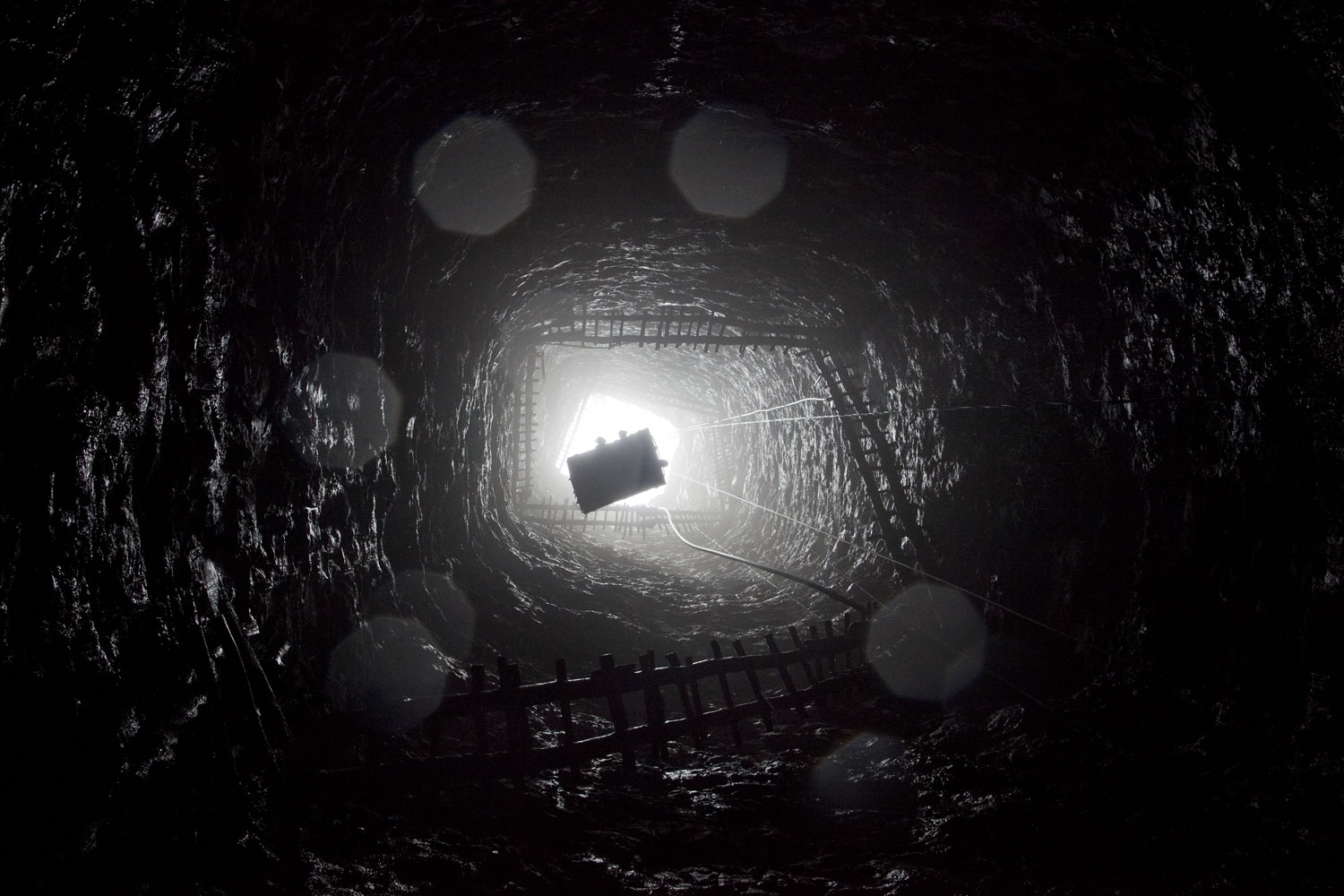
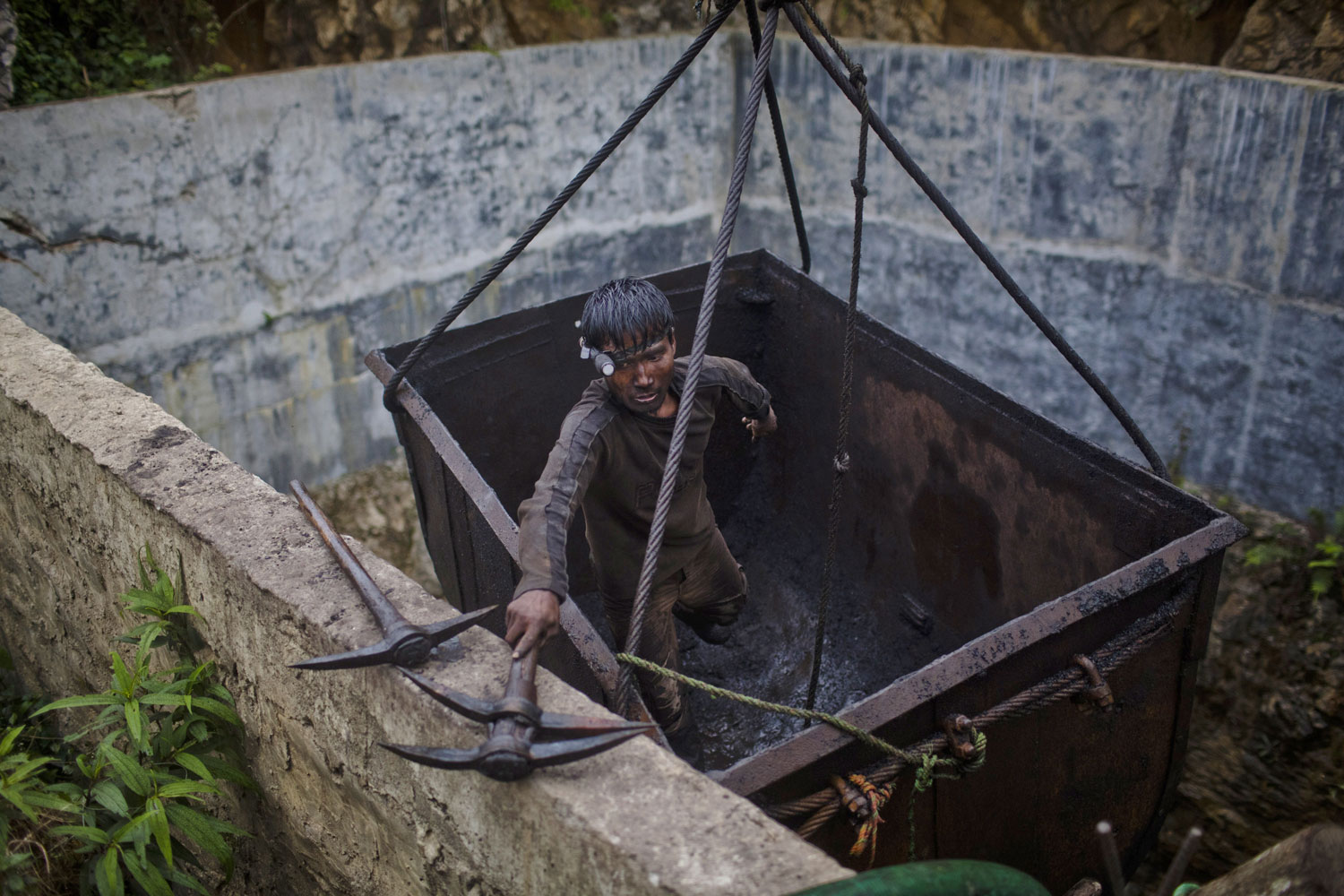
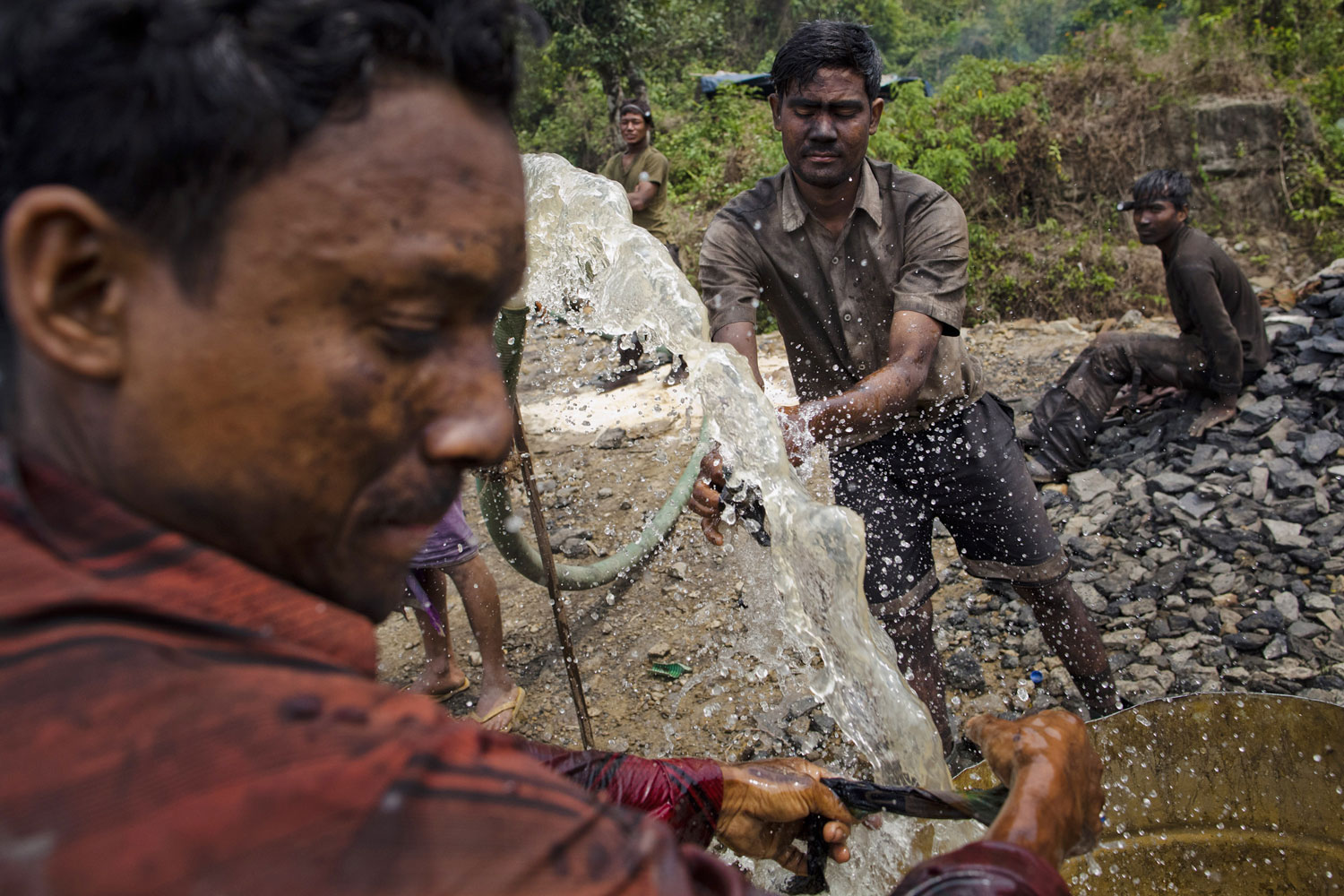
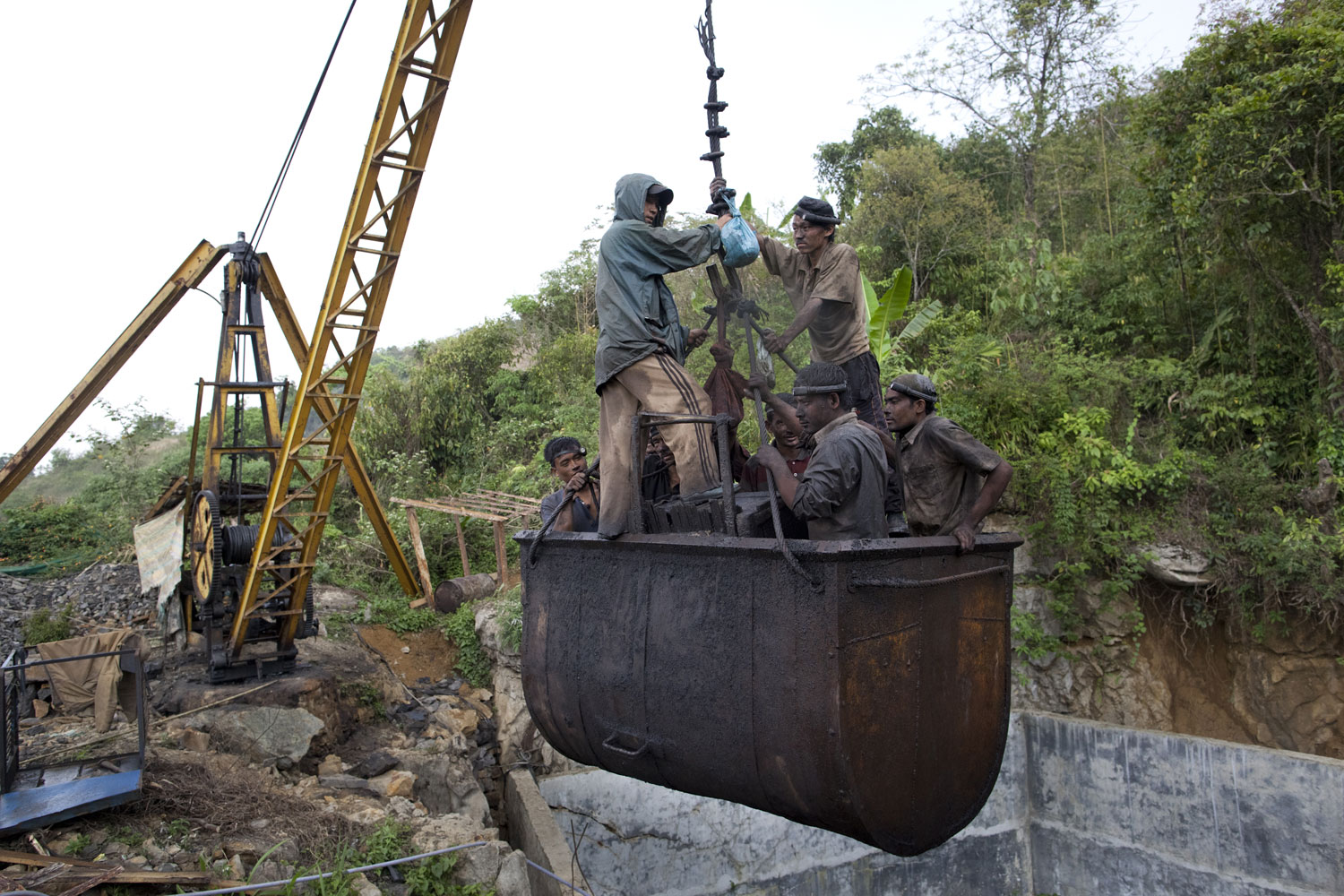

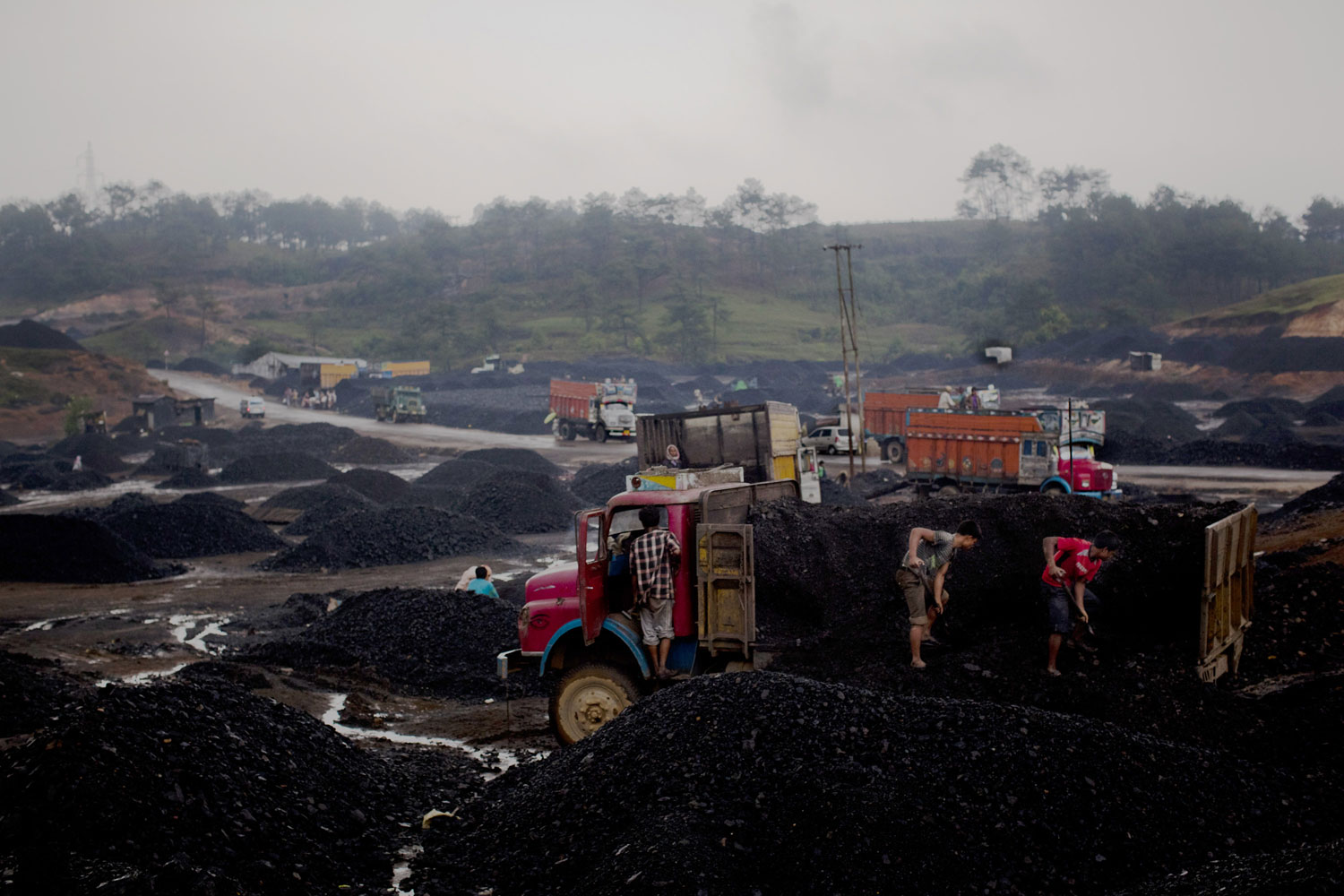


More Must-Reads from TIME
- Cybersecurity Experts Are Sounding the Alarm on DOGE
- Meet the 2025 Women of the Year
- The Harsh Truth About Disability Inclusion
- Why Do More Young Adults Have Cancer?
- Colman Domingo Leads With Radical Love
- How to Get Better at Doing Things Alone
- Michelle Zauner Stares Down the Darkness
Contact us at letters@time.com